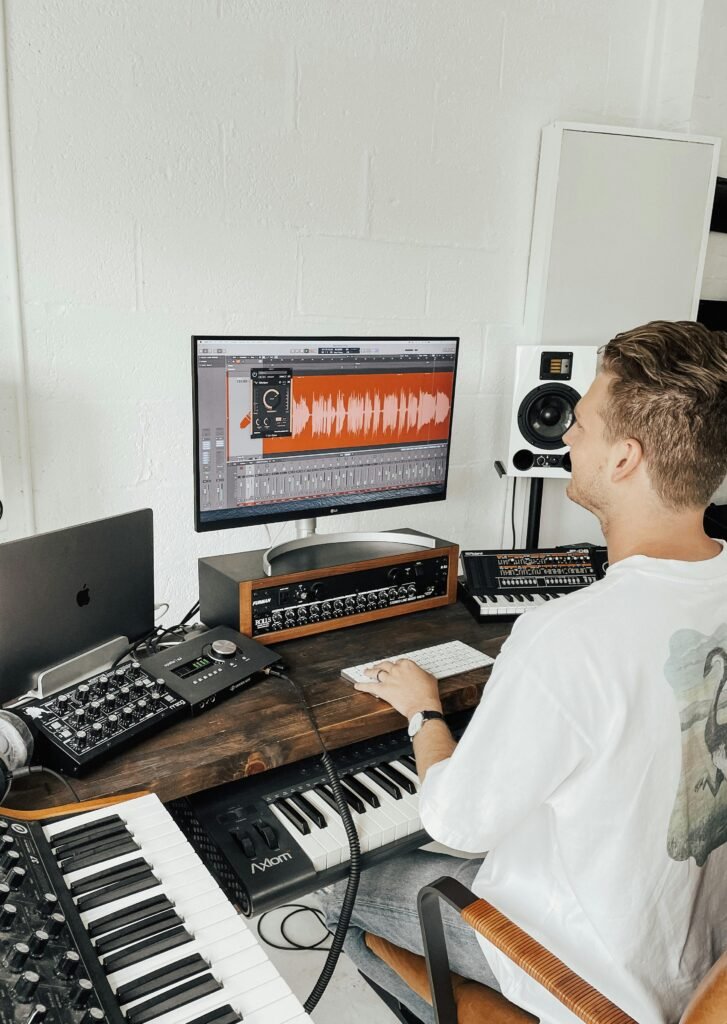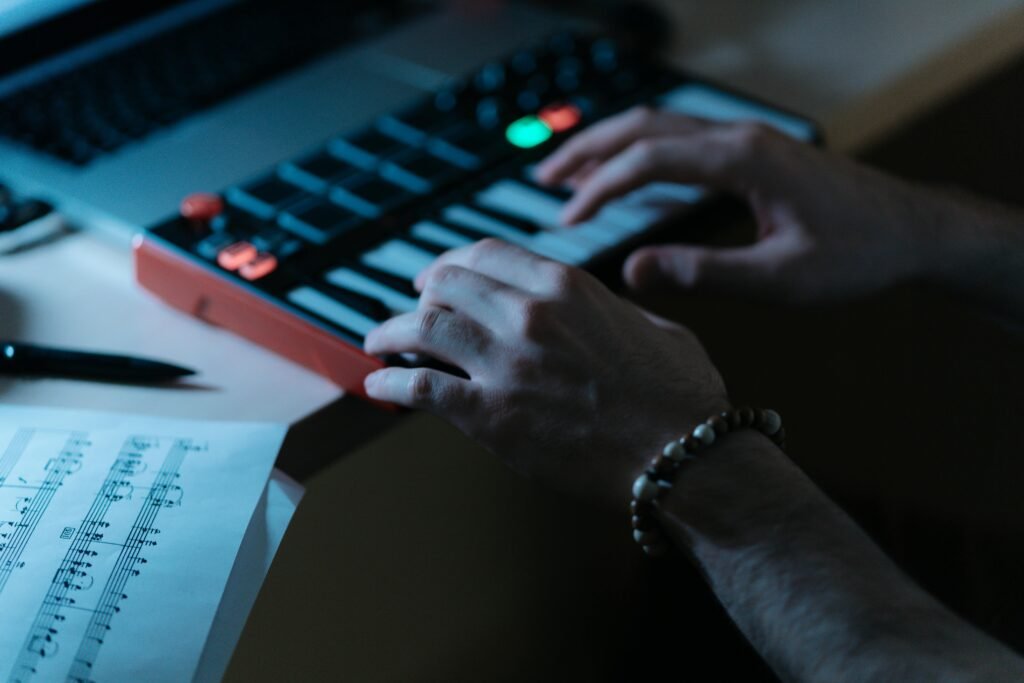In recent years, a musical genre known as Synthwave has experienced a significant resurgence, captivating audiences with its nostalgic yet futuristic soundscapes. Drawing inspiration from the synthesizer-driven music of the 1980s, Synthwave has evolved into a unique and vibrant genre that pays homage to the past while embracing modern production techniques. As a professional composer, it’s essential to understand the influence of Synthwave and its impact on contemporary music. In this article, we will delve into the world of Synthwave, exploring its origins, characteristics, and its enduring appeal in today’s music landscape.

Origins of Synthwave
Synthwave, also known as retrowave or outrun, emerged in the mid-2000s as a niche subgenre within electronic music. It found its roots in the soundtrack of 1980s films, video games, and television shows, characterized by pulsating synthesizers, driving basslines, and nostalgic melodies. Artists such as Kavinsky, Mitch Murder, and College are credited with pioneering the Synthwave sound, blending elements of electro, disco, and new wave with modern production techniques.
Characteristics of Synthwave
Synthwave is defined by its distinctive sonic palette and aesthetic, which evoke the neon-lit landscapes and cyberpunk imagery of the 1980s. Key characteristics of Synthwave include:
1. Retro Synthesizers:
Synthwave artists often use vintage synthesizers such as the Roland Juno, Yamaha DX7, and Oberheim OB-X to create authentic analog sounds reminiscent of the 80s.
2. Drum Machines:
Drum machines like the Roland TR-808 and TR-909 are prevalent in Synthwave production, providing the iconic drum patterns and rhythms synonymous with the genre.
3. Nostalgic Melodies:
Synthwave melodies are often melodic and nostalgic, drawing inspiration from 80s pop music, film scores, and video game soundtracks. These melodies evoke a sense of longing and nostalgia for a bygone era.
4. Retro-Futuristic Aesthetic:
Synthwave embraces a retro-futuristic aesthetic, characterized by vibrant neon colors, futuristic cityscapes, and nostalgic references to 80s pop culture.
The Appeal of Synthwave
Synthwave has garnered a devoted following around the world, attracting listeners drawn to its nostalgic charm and futuristic allure. Its appeal lies in its ability to transport listeners to a bygone era while offering a fresh and contemporary take on retro aesthetics. The immersive soundscapes and evocative melodies of Synthwave evoke a sense of nostalgia and escapism, tapping into a collective longing for the past while embracing the possibilities of the future.

Synthwave’s Influence on Contemporary Music
In recent years, Synthwave has transcended its niche origins to influence a wide range of musical genres and artists. Its retro-futuristic sound has found its way into mainstream pop, electronic, and even rock music, shaping the sonic landscapes of the 21st century. Artists such as The Weeknd, Dua Lipa, and The Midnight have incorporated Synthwave elements into their music, introducing the genre to new audiences and redefining its boundaries.
Conclusion
Synthwave represents a compelling fusion of past and future, blending nostalgic aesthetics with modern production techniques to create a distinct and evocative musical experience. As a composer, understanding the influence of Synthwave can provide valuable insights into contemporary music trends and inspire new creative directions in your own work. Whether you’re drawn to its retro charm or its futuristic allure, Synthwave continues to captivate audiences with its timeless appeal and enduring influence on the musical landscape.